L’horsetail (Equisetum arvense) is a plant of the family of Equisetaceae. It is also known as pony tail or common horsetail and it has always been used in phytotherapy because of its beneficial properties, due to the high content of silica and mineral salts. It can be used easily in home herbal medicine and benefited from it, as long as you know the right time for harvesting and the correct way to store it. Lastly, no less important is its use in organic farming, such as biological fungicide and pesticide.
So let’s see how to recognize the plant and how to exploit its properties.
Horsetail description
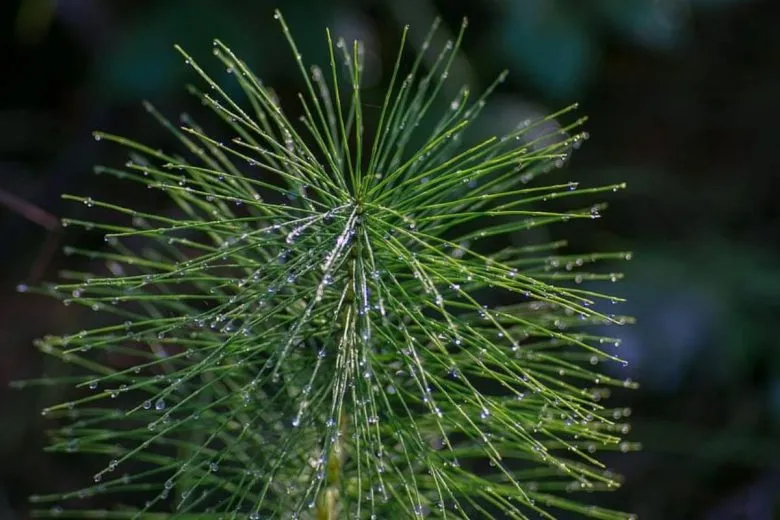
L’Equisetum arvense it is a perennial species, with the biological form of rhizomatous geophyte. This means that it is equipped with an underground rhizome that keeps the buds, thanks to which the plant emerges from the ground after the winter.
The rhizome is long, creeping and branched, with oval tubercles. In spring it first emits the fertile stems, 15-30 cm high, simple and branchless, yellow-brown or reddish in color, as they are free of chlorophyll. Later the sterile, larger and more conspicuous stems emerge, hence the name of horsetail, from the Latin equisetum. The sterile stems are branched with numerous twigs starting from each node, they are bright green due to the high presence of chlorophyll.
Leaves
The plant does not have real leaves, but both the fertile and the sterile stems have, at the level of each node, a bell-shaped sheath terminated by numerous lanceolate-sharp teeth.
Flowers
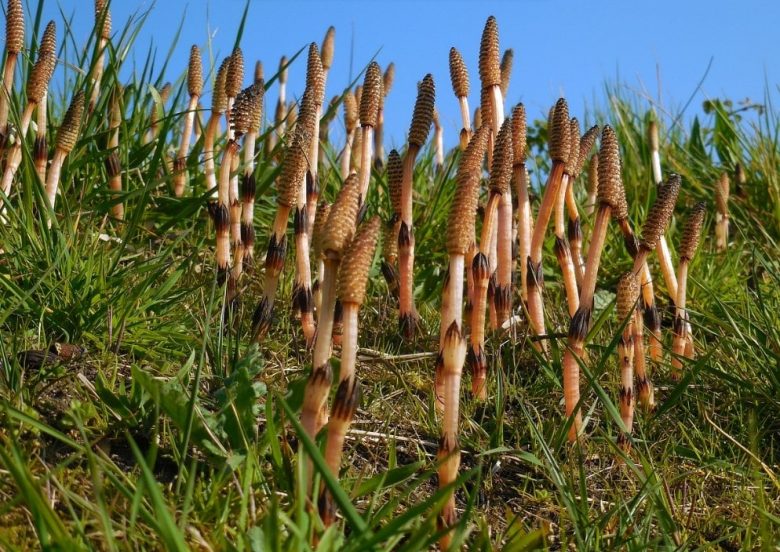
In general, horsetails are plants without flowers, therefore they belong to that division that Linnaeus had called cryptogamsthat is, with hidden flowers.
At the apex of the fertile stems there is an oval spike composed of numerous sporangia, in which the spores that allow the plant to reproduce develop.
Where does horsetail grow?
Horsetail is a plant that loves cool and humid places. It grows throughout Italy, from the Mediterranean to the subalpine region. It is easy to find it along the banks of rivers and streams, in the shores and in general in grassy places rich in water.
Collection and conservation
The useful part of the horsetail are the sterile stems, which must be collected when they are well developed, usually from May to July. To do this, they are cut 5-10 cm from the ground.
For herbal use, then, they must be dried in the sun.
It is advisable to spread them on sheets of paper, as, once dry, they are very fragile and easily break into small pieces. Storage is optimal in paper bags.
Properties of the horsetail
THE main constituents ofEquisetum arvense are: silica, mineral salts (potassium, calcium, magnesium, zinc), saponins (equisetonin), flavonoids (isoquercitin), tannins, phytosterols, vitamins and traces of alkaloids. These active ingredients give the plant properties: remineralizing, diuretic, anti-inflammatory, vulnerary.
Indications for internal use
One of the fundamental characteristics of horsetail is the high content of silica which makes it one of the most valid remineralizing plants present in nature. Silicic acid has the property of increasing the elasticity of the tissues and of benefiting the bone health. It promotes the growth of nails and hair, teething, bone growth and is indicated for the treatment and prevention of osteoporosis. To take advantage of these properties it is recommended to use standardized extracts, for example in the form of supplements. Fluid extracts for internal use, such as tincture or infusions, have above all a diuretic action.
In general, horsetail has a purifying and astringent intestinal action.
In herbalist you can find a wide range of products. If, on the other hand, you want to prepare the alcoholic tincture at home, use 20 g of dry substance in 100 ml of wine to be macerated for 8 days. The tincture is taken in 10-15 drops per day.
Indications for external use
Traditionally, horsetail is used in haemorrhoidal disorders, for nosebleeds, to soothe wounds, for varicose veins, itching and inflammation of the mucous membranes of the mouth and throat. In this case we can prepare the infusion at home, with 5 g of dry stems in 100 ml of water. With the infusion you can make rinses, washes, gargles, applications on the affected parts with cotton balls or gauze compresses.
Finally, for cosmetic use, a handful of it can be used in the hot bath water as a relaxant.

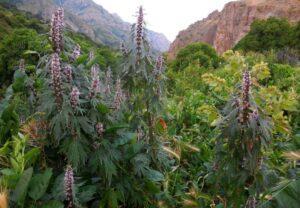
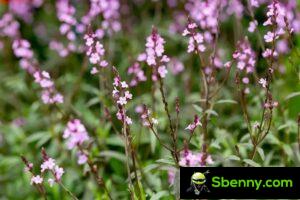
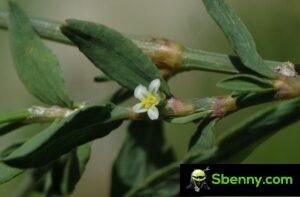
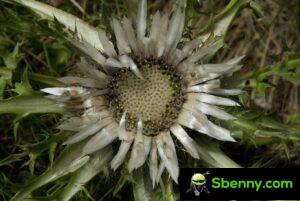
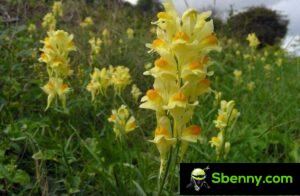
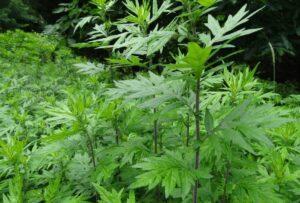
Start a new Thread